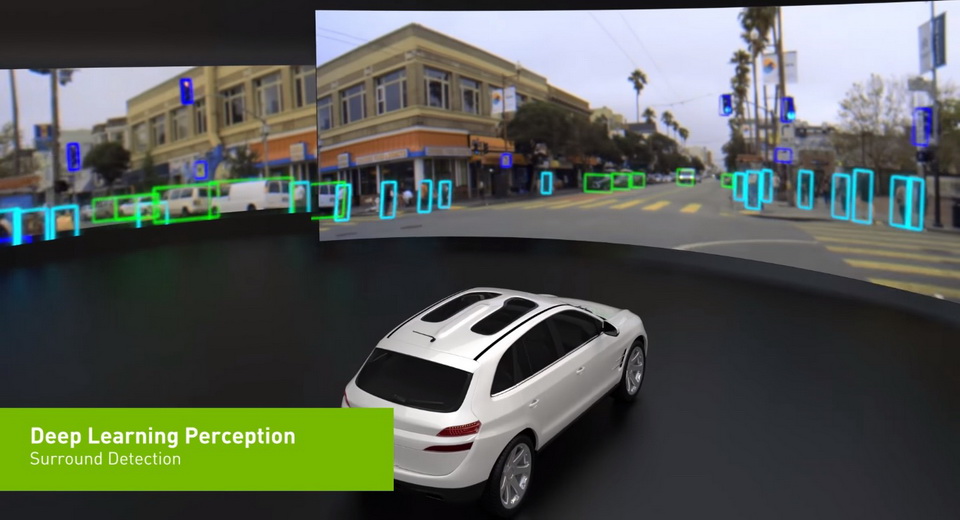NVidia has announced its latest supercomputer for fully autonomous vehicles, codenamed Pegasus, extending the Drive PX platform in order to provide the power needed for Level 5 driverless cars.
In order to do that, the new NVidia Drive PX Pegasus offers more than 10 times the processing power of its predecessor, the Drive PX2, with over 320 trillion operations per second.
This will enable a car that can operate without a driver, therefore not requiring a steering wheel, pedals or mirrors and a cabin that resembles more of a lounge or office.
“Creating a fully self-driving car is one of society’s most important endeavors – and one of the most challenging to deliver,” said Jensen Huang, NVIDIA founder and CEO. “The breakthrough AI computing performance and efficiency of Pegasus is crucial for the industry to realize this vision.”
NVidia says that out of their 225 partners on the Drive PX platform, more than 25 are developing fully autonomous robotaxis that have their trunks filled with the existing Nvidia Cuda GPUs, making them impractical for production vehicles.
In their final form, robotaxis will have enormous computational requirements, as they will have to perceive the world through their high-resolution 360-degree cameras and lidars and position the car within centimetre accuracy, while tracking other cars and people around the vehicle and plan a safe and comfortable route to their destination. NVidia says that the computing demands are 50 to 100 times more intensive than the most advanced cars today.
The new Pegasus will be available to NVidia’s automotive partners in the second half of 2018.




